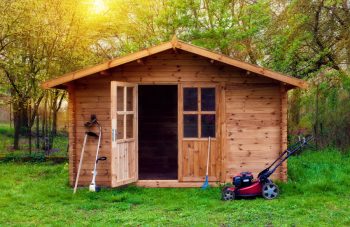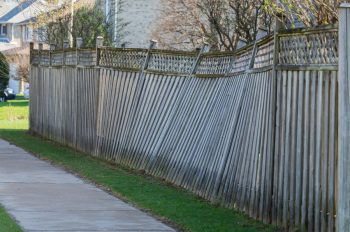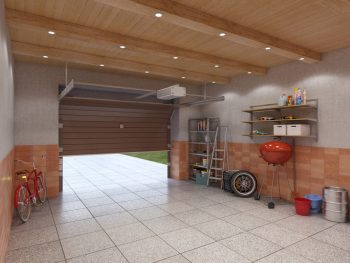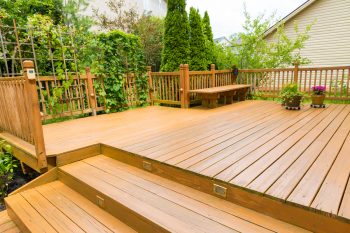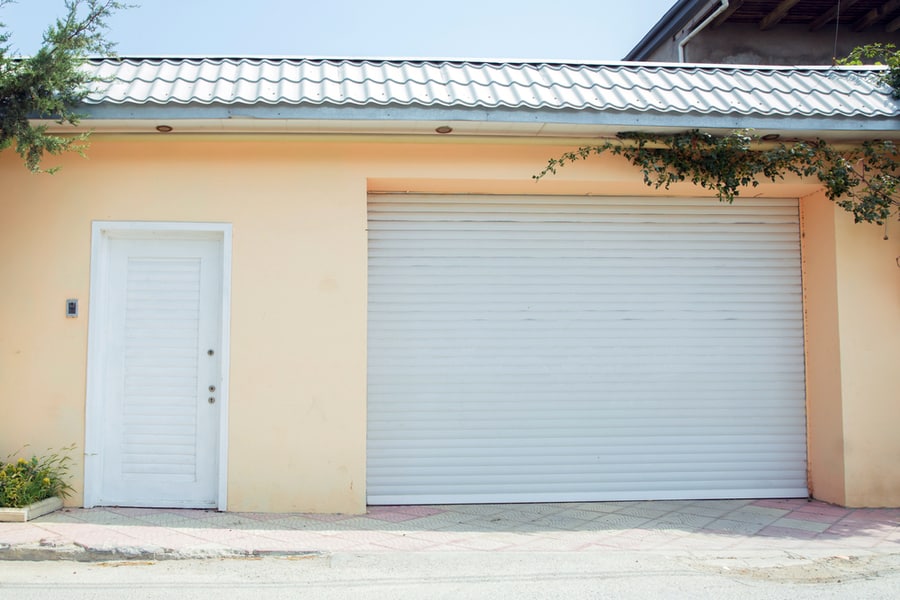
Roll-up garage doors have increasingly become popular due to their durability and ability to save space.
While a roll-up garage door ensures the safety of your car(s) and the other items in the garage, insulating it will provide even more protection from the environmental elements.
The most popular insulation solution for roll-up garage doors is polyethylene insulation.
Insulating your roll-up garage doors is essential for temperature regulation, noise reduction, and energy conservation within the garage. While there are different insulation methods, the best way is using polyethylene foams, which are held in place by an adhesive.
The best thing about this insulation method is it’s affordable and very DIY-friendly. Here are the steps to follow when insulating your roll-up garage doors.
- Take measurements of the door after cleaning it.
- Buy the required materials.
- Prepare the polyethylene foams by cutting them according to the measurements of your door.
- Apply the adhesive.
- Fix the foam on the door.
Read on, as this article will explain the insulation process of roll-up garage doors in detail to ensure that your DIY insulation project is a success.
You will also learn the importance of insulating your roll-up garage door. Any questions about roll-up insulated garage doors are also answered in the FAQ section.
The Roll-Up Garage Door Insulation Process
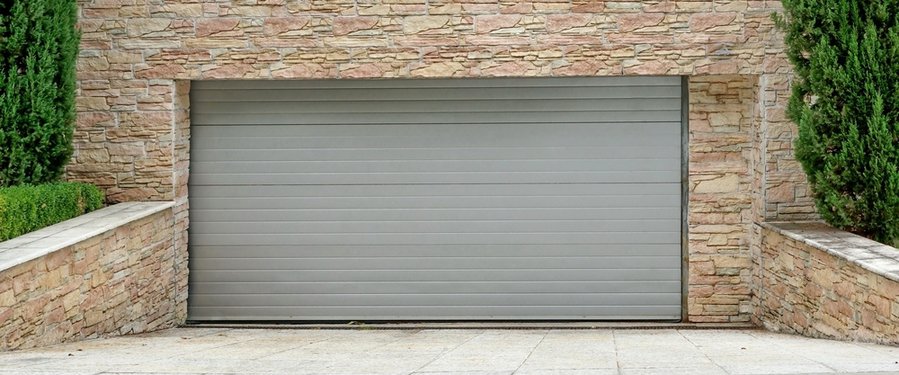
Here is an in-depth, step-by-step process you can follow when insulating your roll-up garage door.
1. Take the Door’s Measurements
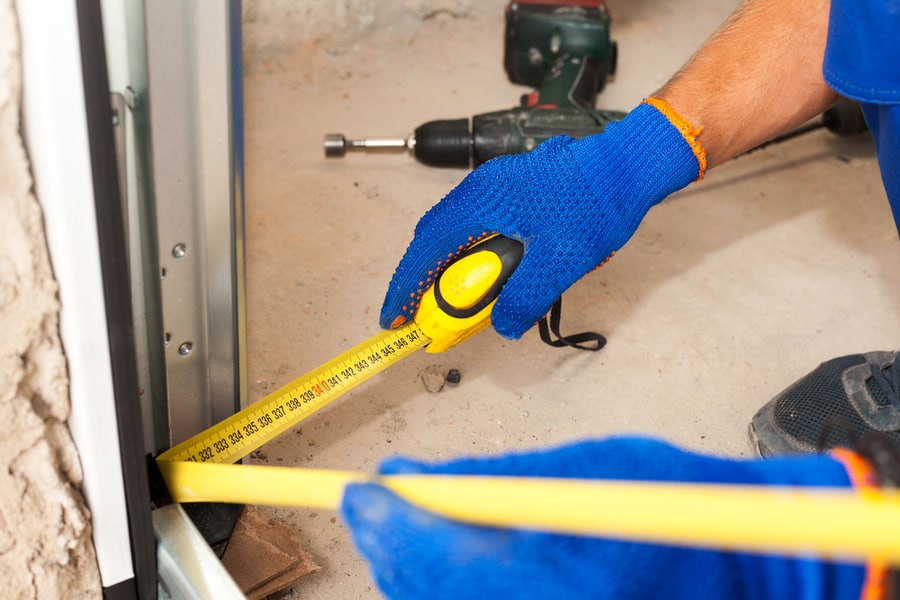
It would be best if you get the door’s dimensions to know the size of insulation foam you’ll need to buy.
For the door’s height, measure the distance between the floor and the bottom of the header. The width is the distance between the door’s side guides.
2. Buy the Required Materials
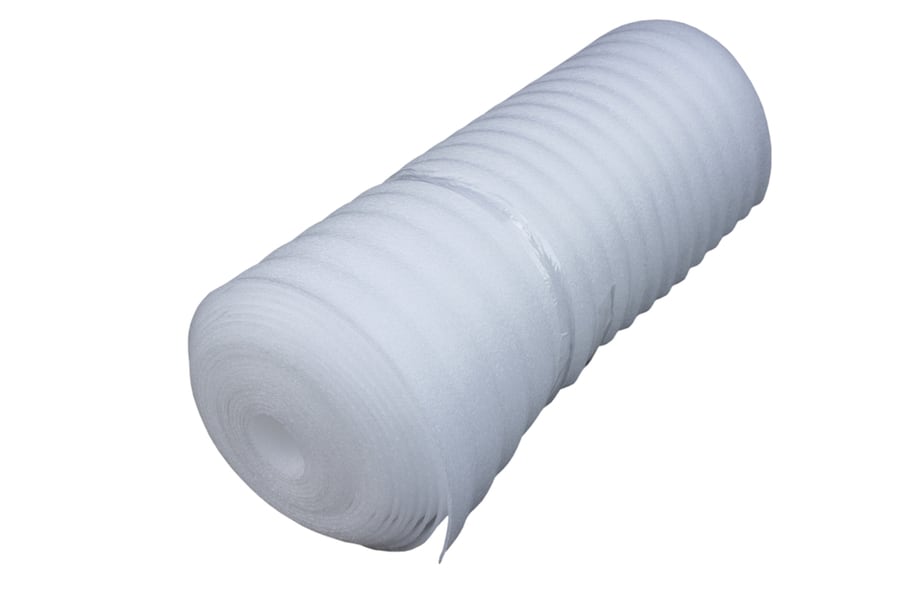
Once you have the door’s measurements, you can gather all the items you’ll need during the project.
The materials will ideally include a polyethylene foam roll, a cutter or knife for resizing the foam, tape measure, sandpaper for cleaning the door, adhesive tape, and adhesive spray.
Ensure you shop for different prices and terms to get the best deals. For instance, some stores can offer to cut the polyethylene board to your specific measurements. This will doubtlessly make the work easier for you.
3. Clean the Door and Prepare the Polyethylene Foams
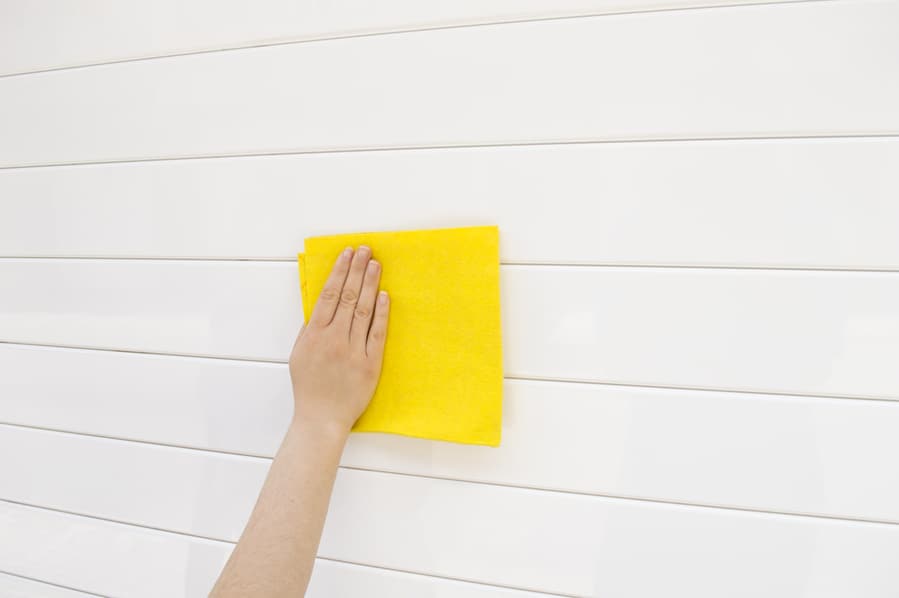
You’ll need to clean the garage door surface by sanding it until it has a light and even scratches. Afterward, wipe the surface with a clean rag to remove the dirt and debris, and allow the door to dry for about 20 minutes.
You’ll need to trim the polyethylene foam to the specific dimensions of the door if you buy the foam from a store that didn’t cut it for you. Use a tape measure and the dimensions you got from measuring the door to mark the foam outline.
Use a knife or a cutter to cut the foam size you need.
4. Apply the Adhesive

Spray the garage door with an adhesive spray suitable for gluing foam to metal.
Spray section to section while holding the spray nozzle four to six inches from the door. Spray until you have a medium coat of glue on the panel you’re working on by using long, even strokes.
Allow the glue to dry for about 10 minutes before installing the foams.
5. Fix the Foam on the door
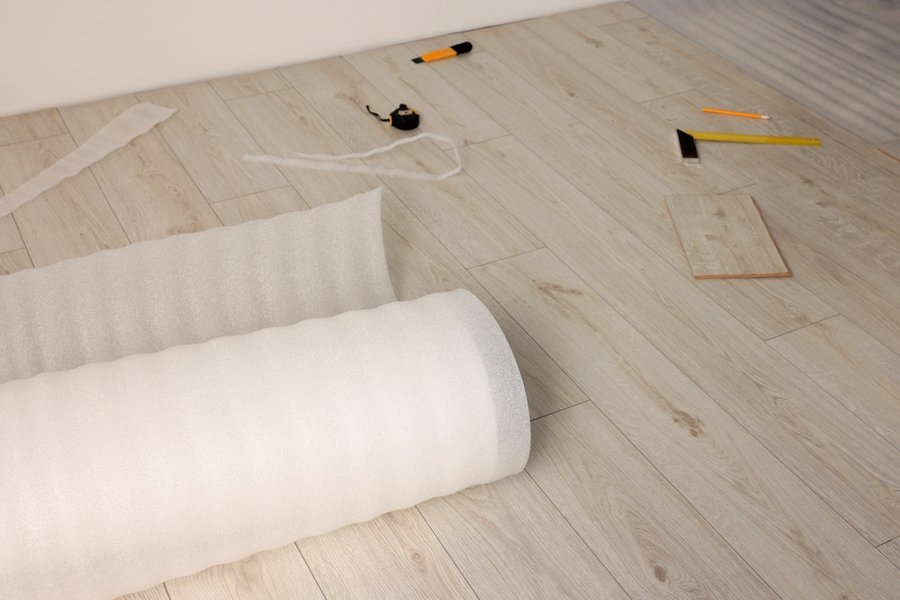
After the adhesive has dried, place the boards onto the door working by sections. Start with the area you have already applied the adhesive and firmly press the foam to the surface.
For the foams to stick, ensure that each panel you’re working on has enough glue.
You can hold the foams using duct tape until the adhesive sets in.
Additionally, to ensure a permanent bond between the foam and the metal surface, move your hand firmly on the foam’s surface until it sits solidly on the door.
Repeat steps 4 and 5 for every door section until you’ve covered the entire door’s surface.
Why Insulate Your Roll-Up Garage Door
Insulating your commercial or residential roll-up garage door is extremely necessary. It will add to the door’s appeal and ensure more protection for the items you store in the garage.
Below are the reasons why insulating your roll-up garage door is essential.
1. Improved Energy Efficiency
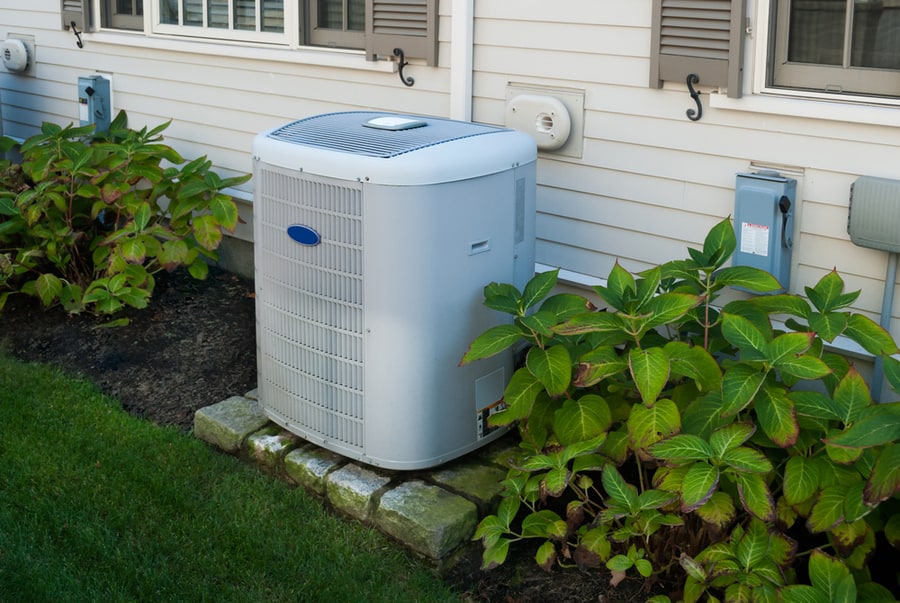
The HVAC system in your house will have less work to do since an insulated roll-up garage door prevents the loss of warm air during the cold months.
This will save you some coins on the electricity bills.
2. Reduced Noise
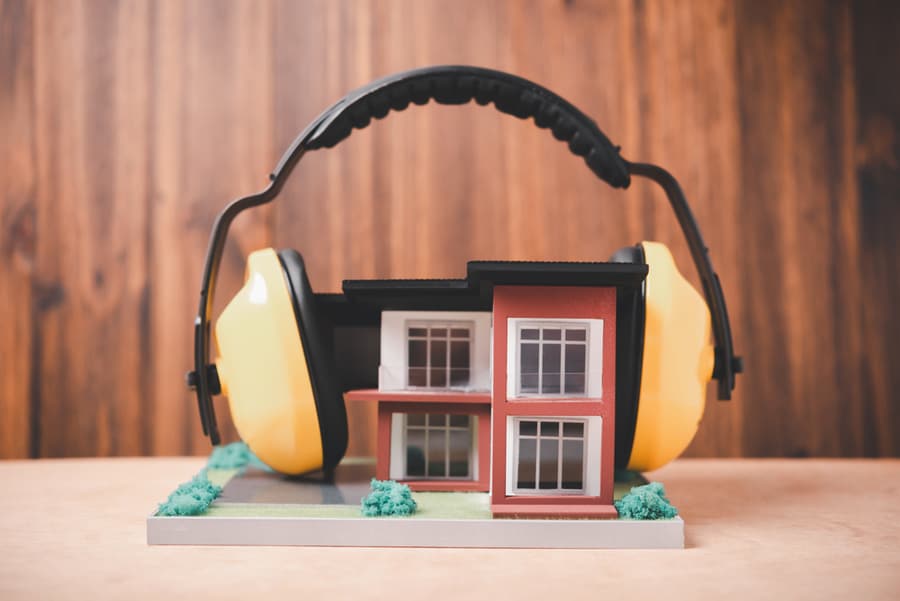
Insulated garage doors are a noise barrier between your garage’s outside and inside.
You can therefore be able to work well without the interruption from the noise outside or work on projects which can produce noise without disturbing those outside the garage.
3. Durability

Insulated roll-up garage doors last longer than uninsulated ones.
This is because the insulated ones do not suffer the effects of extreme weather conditions since they maintain moderate temperatures.
Conclusion
You must buy the good quality of all the required materials to achieve a properly insulated roll-up garage door.
Additionally, you should ensure that you keenly follow the installation process. While installing the polyethylene boards is DIY-friendly, you may require an extra set of hands to save time.
Frequently Asked Questions
Which Is the Most Affordable Way To Insulate Roll-Up Garage Doors?
Polyethylene insulation is the most affordable and sustainable solution for roll-up garage doors. It involves installing a foil-backed and dual-layer heavy-duty air bubble foam held in place by adhesive glue.
The foam ensures thermal efficiency since it has a Mylar film.
How Do I Stop Cold Air From Coming Through the Garage Door?
The best way to prevent cold air from entering your garage through the garage door is to insulate it.
Additionally, you can add weatherstripping between the door panels and the stop molding on top of the door and its sides to make the door more airtight.
Can I Insulate My Roll-Up Garage Door Myself?
Absolutely. There are insulation kits that you can buy from physical or online stores.
Installing the insulation kits is straightforward, and you can do it alone or with the help of another person.
Is It Essential To Insulate My Roll-Up Garage Door?
When possible, it is crucial to insulate your roll-up garage doors. This is because your garage will be significantly warmer during the cold seasons.
Moreover, you’ll enhance energy efficiency in your home and protect the items in the garage from environmental elements.
Can You Buy an Already Insulated Roll-Up Garage Door?
Yes. You can buy an insulated roll-up garage door.
The insulated doors are typically made of durable material, which makes them a worthy investment since they cannot easily be dented or warped.



